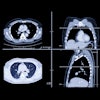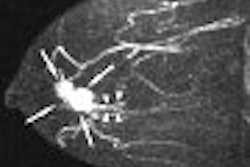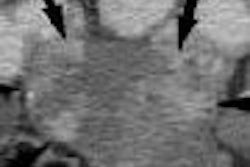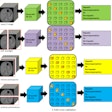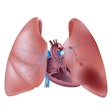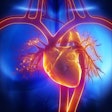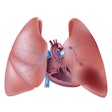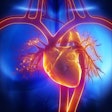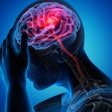Proponents of multidetector-row CT angiography are keeping the faith for appropriate insurance reimbursement of the technique. While early trials show promise, more research must be done to prove CTA's benefit to patients and, subsequently, third-party payors.
To reach appropriate reimbursement levels, Dr. Geoffrey Rubin, professor of radiology at Stanford University in California, said several criteria must first be met. In his presentation at Stanford's 2006 International Symposium on Multidetector-Row CT in San Francisco, Rubin outlined several technology assessment steps that Blue Cross and Blue Shield uses on a national level to determine the value of technology and its benefit to healthcare.
The first prerequisite is that the technology must have final approval from the appropriate regulatory body. Obviously, CT qualifies in that regard with clearance from the U.S. Food and Drug Administration.
Second, there must be scientific evidence that the technology has a positive effect on patient health outcomes. This area is where CTA needs more research. To date, there are documented calculations of specificity and sensitivity on a per-lesion and per-patient basis with CTA, but there is a paucity of trials that show how treating patients on the basis of CTA results compares to patients who are treated with more traditional techniques.
Data deficiencies
The studies that have been conducted are limited by several factors, such as a sample size of fewer than 100 patients within a single center, Rubin noted. "A lot of these reports are coming out of the same centers," he said, "so there is the possibility that there can be leakage of patients from one study to the next."
Rubin also noted that there are "inconsistent analyses" of the diagnostic performance characteristics of the tests, and an inability to translate diagnostic performance of CTA to the expected effects of health management outcomes. As more trials proceed, he suggested defining the patient population within studies more specifically, perhaps segmenting them and their outcomes based on very specific chest pain syndromes or presentations, for example.
While available data is "quite limited," Rubin added that it is still worthwhile to review studies within the last two years that utilize results from multidetector-row CT to at least see the promise of CTA. "The problem with the older scanners is that the temporal resolution wasn't as good," he said. "There weren't as many rows and there wasn't as good spatial resolution. Consequently, motion-related artifacts in the right coronary artery and extensive calcification limit the utility of four-row (CT)." As CT has advanced to 16- and 64-row technology, there has been enhanced sophistication of study designs.
Promising results
One study Rubin highlighted evaluated the feasibility of detecting coronary artery lesions using 16-slice CT with 60 patients who were also scheduled for conventional coronary angiography (CCA). Calcium scores and contrast-enhanced visualization of the coronaries were performed and analyzed (Journal of the American College of Cardiology, September 15, 2004, Vol. 44:6, pp. 1230-1237).
Calcium scoring was successful in all patients, and in all 763 coronary segments, CCA detected a total of 75 lesions in more than 50% of the cases, while multislice CT assessed 54. Twenty-one lesions were missed or incorrectly underestimated. Sensitivity was calculated at 72%, while specificity was 97%. The study concluded that in patients with low-to-moderate amounts of coronary artery calcium, 16-row CTA has "high sensitivity and specificity for diagnosis of significant coronary artery stenosis."
While the sample in the study was small, it at least offers some promise regarding the potential benefits of CTA. "Traditional thresholds for achieving Level I reimbursable codes require large, multicenter studies that establish a general benefit of patient outcome for CTA," Rubin said. "but it seems that we are on our way to getting there."
By Wayne ForrestAuntMinnie.com staff writer
September 6, 2006
Related Reading
Cardiac imaging: The battle for reimbursement, August 4, 2006
More research needed to gauge CTA's benefits, August 1, 2006
Cardiac CTA a no-go zone for some, July 17, 2006
CT angiography detects significant coronary lesions prior to valve surgery, June 8, 2006
MRI characterizes myocardial tissue in all its states, June 2, 2006
Copyright © 2006 AuntMinnie.com
